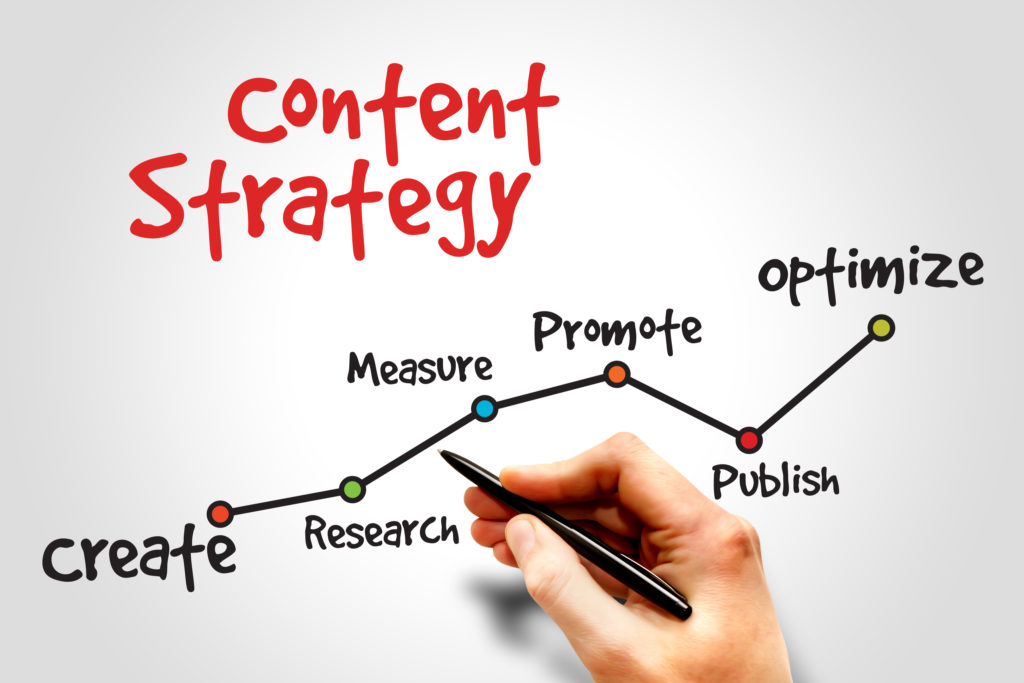JAKARTA, odishanewsinsight.com – A robust Content Strategy is the backbone of every successful digital initiative. It aligns your business objectives with audience needs, ensuring that every blog post, social media update, video, or email serves a clear purpose. In this guide, we’ll explore the fundamentals of Content Strategy, practical steps for planning, and tips to measure and optimize your efforts in an ever-evolving digital environment.
Why Content Strategy Matters

- Drives Consistency: A strategic approach ensures that messaging, tone, and brand identity remain uniform across all channels.
- Enhances ROI: By focusing on high-impact content, you avoid wasted effort and resources.
- Builds Authority: Thoughtful, relevant content positions your brand as a trusted expert in your industry.
- Improves User Experience: When content aligns with audience intent, engagement and conversions rise.
Core Components of an Effective Content Strategy
- Clear Objectives
- Define SMART goals (Specific, Measurable, Achievable, Relevant, Time-bound)
- Examples: Increase organic traffic by 30% in six months, generate 200 qualified leads per quarter
- Audience Research and Segmentation
- Develop buyer personas: demographics, pain points, preferred channels
- Map customer journey stages: awareness, consideration, decision
- Content Audit and Gap Analysis
- Inventory existing assets: blogs, whitepapers, videos, infographics
- Identify content silos, duplicates, and performance gaps
- Channel Selection and Prioritization
- Owned channels: website, blog, email newsletter
- Earned channels: guest posts, PR coverage, influencer mentions
- Paid channels: social ads, search ads, sponsored content
- Content Types and Formats
- Educational: how-to guides, tutorials, webinars
- Inspirational: case studies, success stories, thought leadership
- Interactive: quizzes, calculators, polls
- Entertaining: storytelling, behind-the-scenes, memes
- Editorial Calendar and Workflow
- Establish publishing cadence (e.g., weekly blog, bi-weekly newsletter)
- Assign roles: content creators, editors, designers, SEO specialists
- Define review process and approval timelines
Step-by-Step Planning Process
- Set the Vision
- Align content goals with overall marketing and business strategy
- Secure stakeholder buy-in through a documented content charter
- Conduct In-Depth Research
- Keyword research around your core topics and focus keyword “Content Strategy”
- Competitive analysis: what topics your competitors cover and where they under-deliver
- Ideation and Topic Generation
- Brainstorm themes based on customer pain points, industry trends, and seasonal events
- Use tools like content gap-maps, editorial mind maps, and social listening insights
- Create and Optimize Content
- Write with clarity and purpose: use headings, bullets, and visuals for scannability
- On-page SEO: incorporate “Content Strategy” in title tags, meta descriptions, headings, and alt text
- Distribute and Promote
- Leverage social media scheduling tools, email automation, and content syndication networks
- Engage communities: forums, LinkedIn groups, Reddit, Slack channels
- Measure Performance and Iterate
- Key metrics: organic traffic, time on page, bounce rate, social shares, lead conversion rate
- Conduct quarterly reviews to prune underperforming content and double down on winning topics
Common Pitfalls and How to Avoid Them
- Neglecting Audience Needs
• Pitfall: Creating content that serves internal agendas rather than user questions
• Fix: Always start with a user question or pain point and map it to your solution - Inconsistent Publishing
• Pitfall: Irregular posting leads to lost momentum and audience disengagement
• Fix: Stick to your editorial calendar and build a backlog of evergreen content - Ignoring SEO Best Practices
• Pitfall: Overlooking on-page optimization and keyword intent damages discoverability
• Fix: Integrate SEO checks into the editorial workflow and use tools like SEMrush or Ahrefs - Failing to Repurpose
• Pitfall: Leaving high-performing content as one-offs
• Fix: Convert cornerstone articles into infographics, podcasts, slideshares, or video tutorials
Real-World Example: Scaling a Global Blog
A SaaS company implemented a tiered Content Strategy focusing on three pillar topics: “Remote Team Management,” “Productivity Tools,” and “AI in the Workplace.” By producing one 2,000-word pillar page per quarter, supported by six shorter cluster posts, they achieved:
- 150% increase in organic traffic within nine months
- 35% growth in demo requests from blog referrals
- Improved domain authority, leading to higher rankings for competitive keywords
Tools and Technologies to Support Your Strategy
- Content Management Systems: WordPress, Contentful, Ghost
- Editorial Calendars: Trello, Asana, Airtable
- SEO and Research: Google Search Console, Moz, Keywords Everywhere
- Analytics: Google Analytics, Hotjar, HubSpot
Conclusion
A winning Content Strategy is not a one-time project but an ongoing commitment to understanding your audience, aligning content with business goals, and refining tactics based on performance data. By following the framework outlined above, you’ll craft compelling narratives that engage, convert, and retain customers in today’s fast-paced digital world.
Boost Your Competence: Uncover Our Insights on Technology
Spotlight Article: “Tech Startups!”

